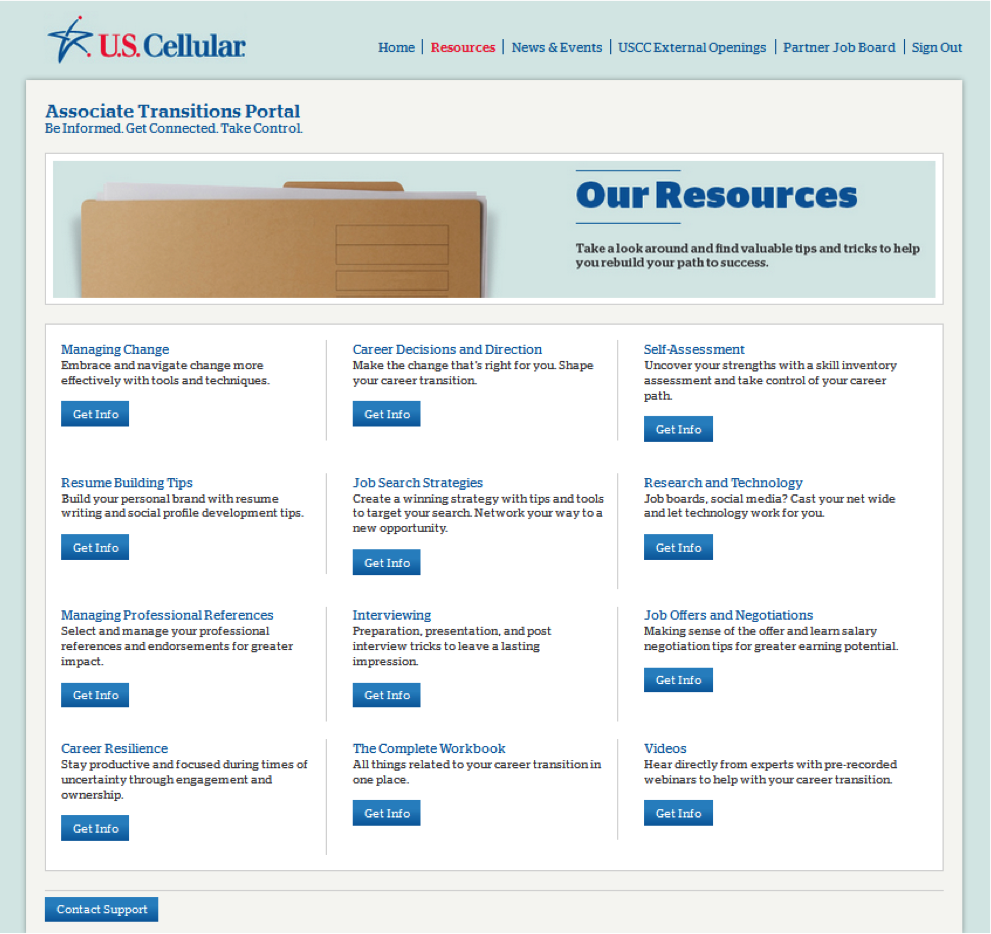Unemployment fell to the lowest level in five years in November as employers added 203,000 jobs, demonstrating an economic strength that surprised economists who had been expecting lower numbers.
The U.S. Department of Labor report said the unemployment rate declined to 7.0 percent from October’s 7.3 percent, even as more workers joined the labor force and the total employed population rose, in part reflecting the return to work of furloughed federal employees.
“This is just a clean sweep,” said Stuart Hoffman, chief economist for PNC Financial Services Group. “It’s a very good report. It’s across the board.”
Economists polled by Reuters had been expecting a much more modest improvement in the numbers to 7.2 percent unemployment and the addition of about 180,000 new jobs. Dow Jones Newswires found economists anticipating similar results.
Nearly all sectors gained workers
The monthly report offered upbeat news throughout:
- Adjustments to the initial September and October reports increased the number of new jobs by 8,000;
- Average hourly earnings rose 4 cents to $24.15, about 2 percent on the year;
- The average work week for all workers rose as did the length of the workweek for manufacturing workers;
- Nearly all non-government sectors of the economy gained workers, with manufacturing showing surprising strength, adding 27,000 new jobs, some of the strongest growth in months.
- Construction was up 17,000 jobs.
- Other sectors with strong growth were: transportation and warehousing (+30,500), health care +28,400), retail (+22,300) with most of the growth coming from sporting goods, hobby, book and music shops, and general merchandise retailers, bars and restaurants (+17,900), and temp (+16,400).
The only losses came in the financial sector, which lost 3,000 jobs overall, and information, where the telecom industry cut 2,100 jobs. The federal government shed 7,000 jobs.
Only Wall Street could find the grey cloud, fretting that the strong jobs numbers these last several months could lead the Federal Reserve to begin curtailing its bond buying. The Fed’s stimulus program has helped keep interest rates, encouraging investment by business.
